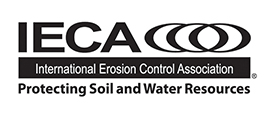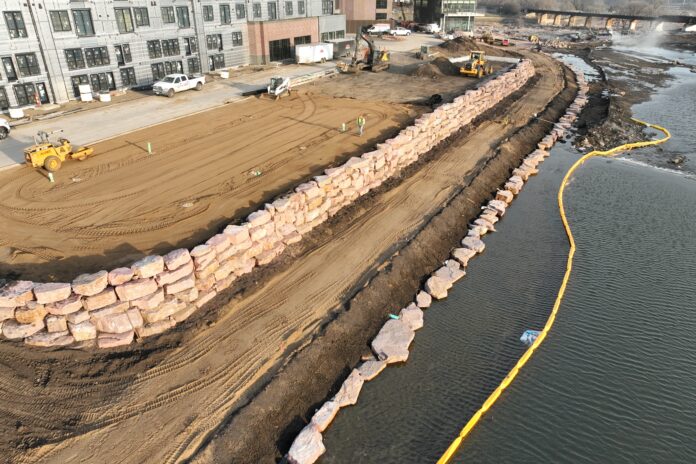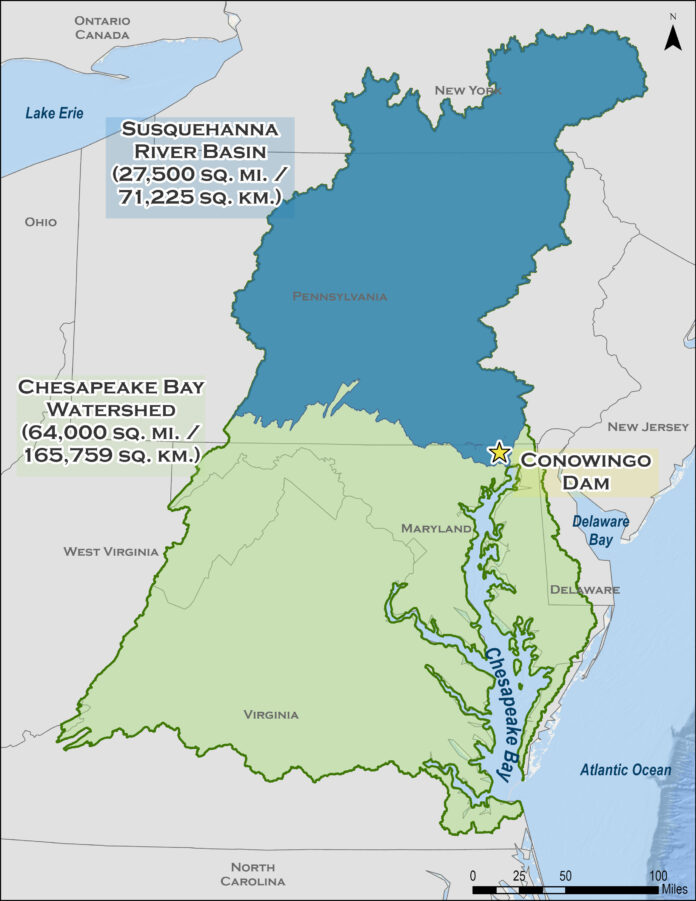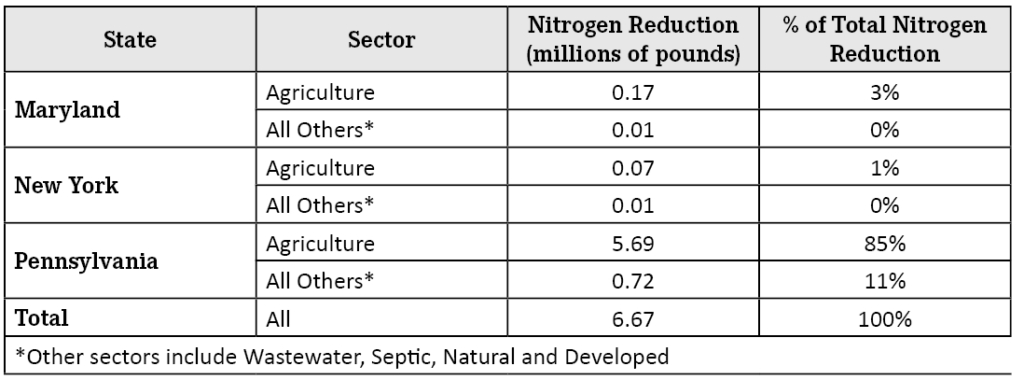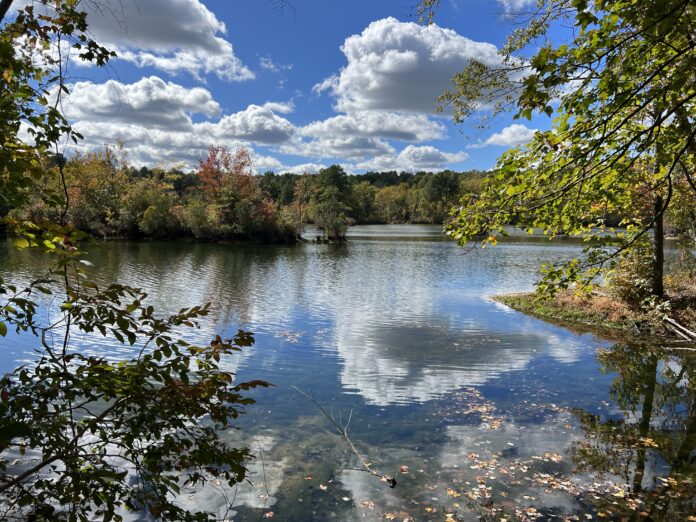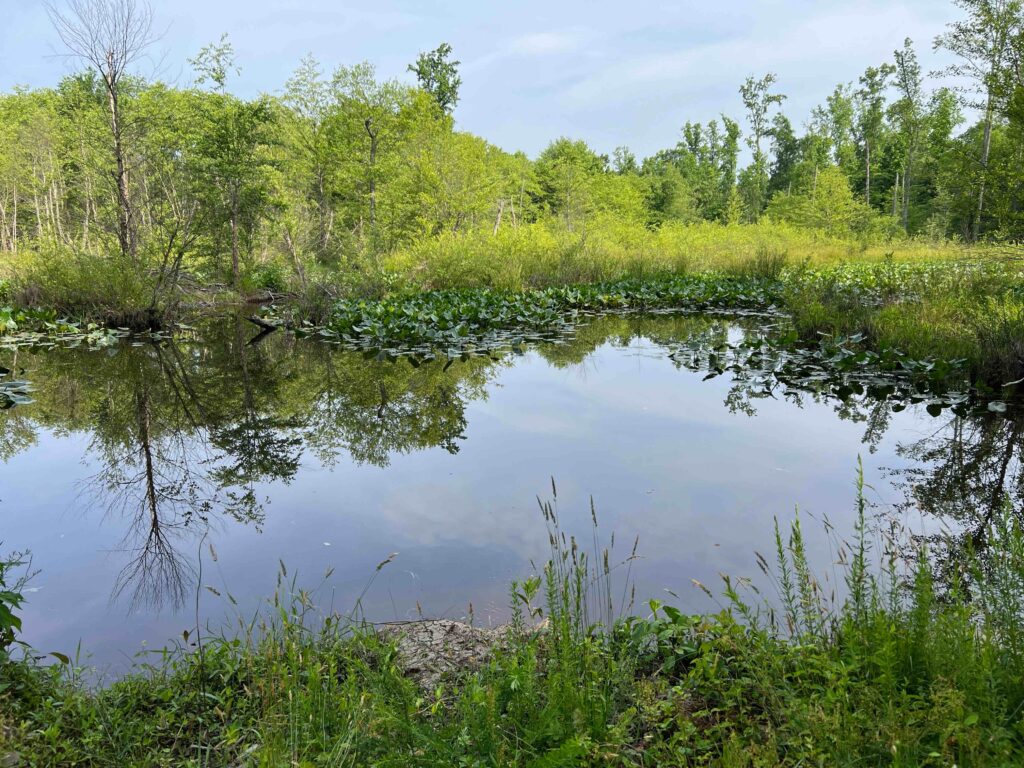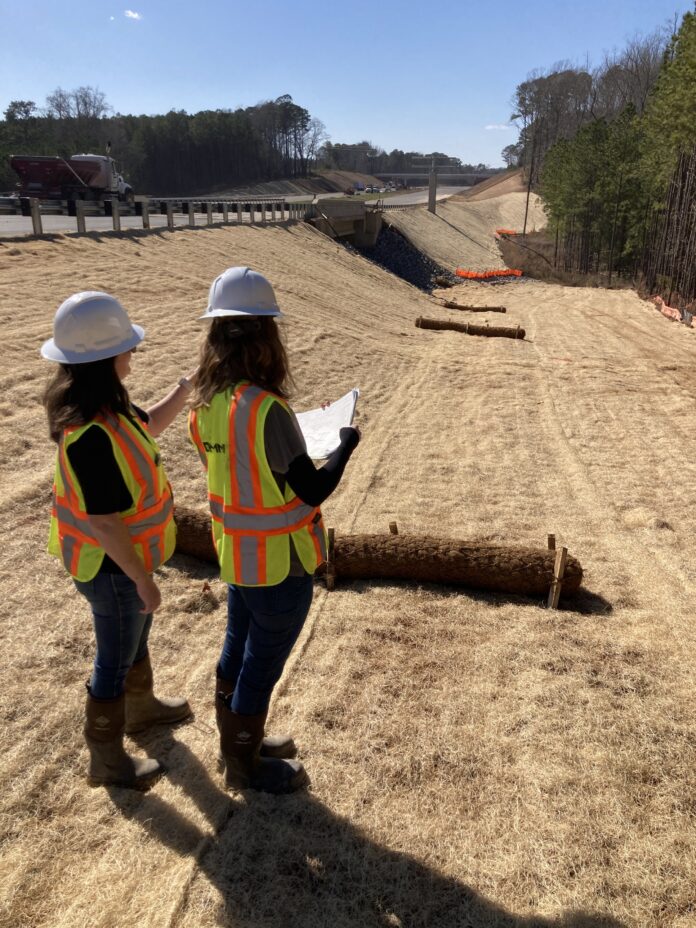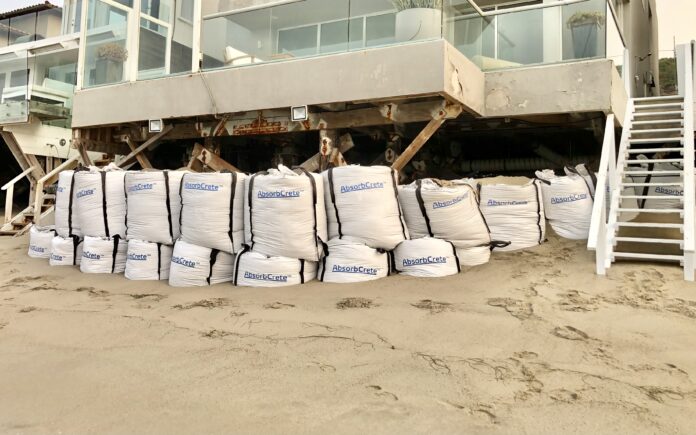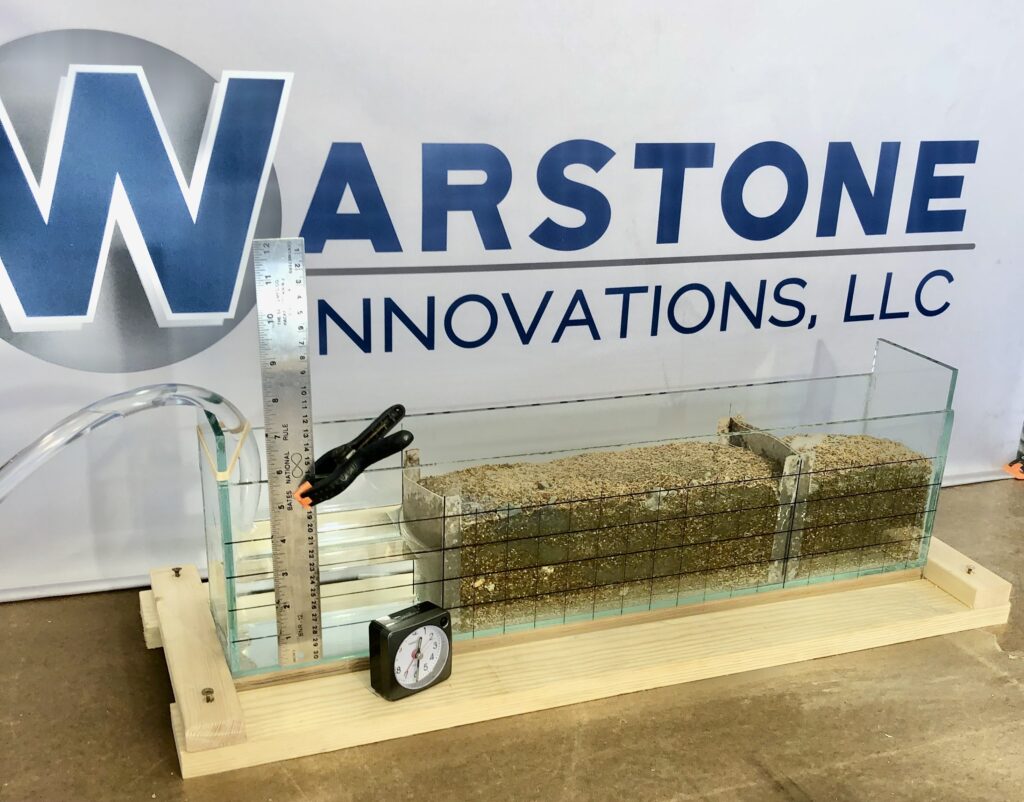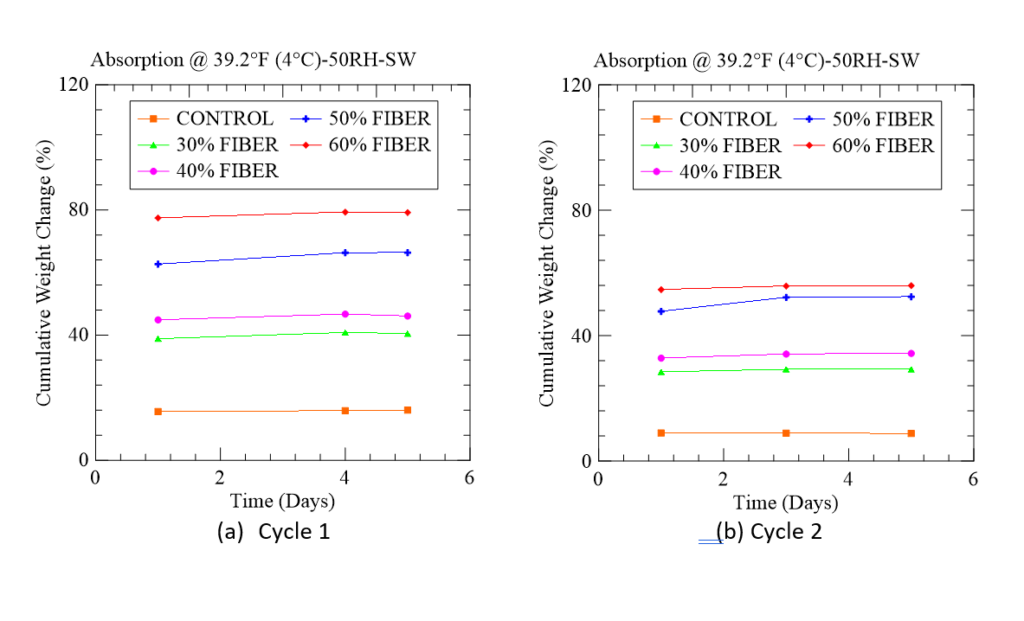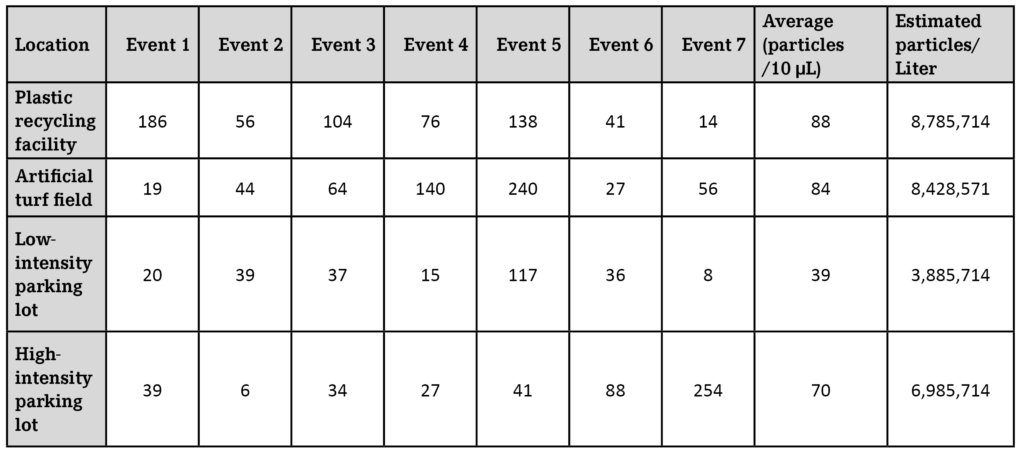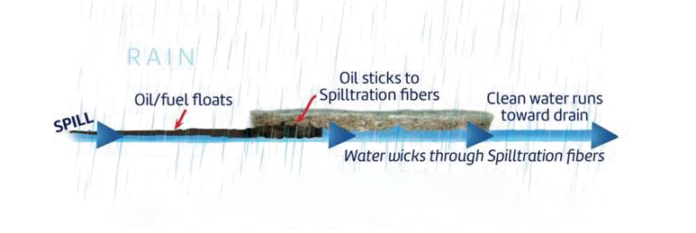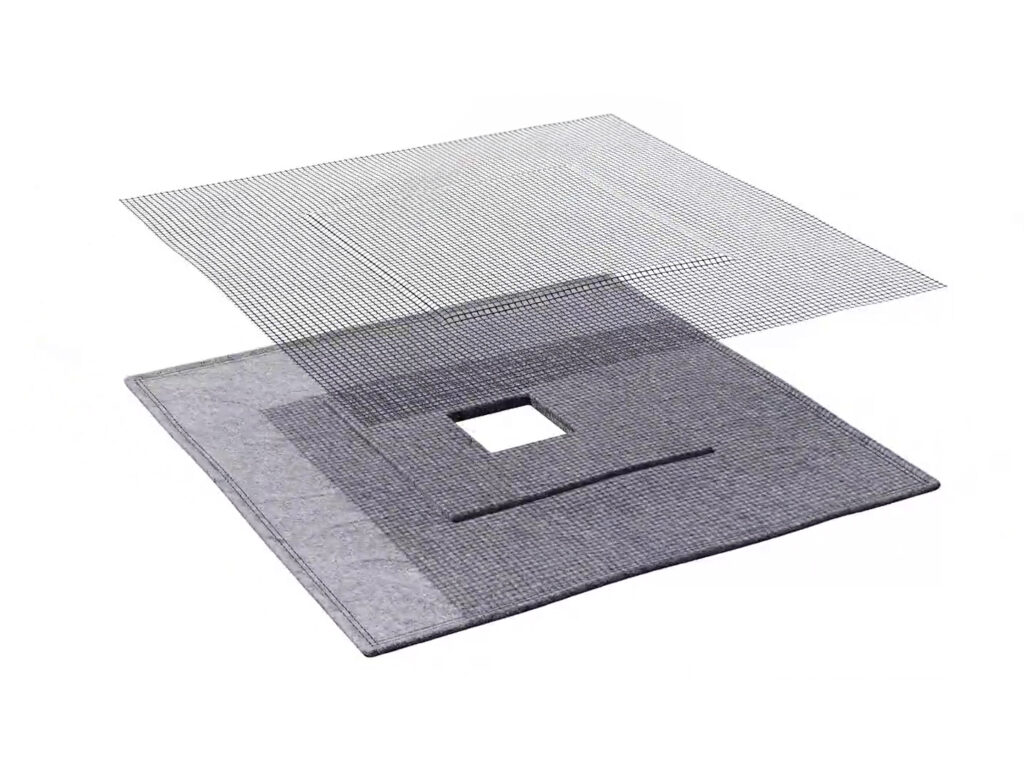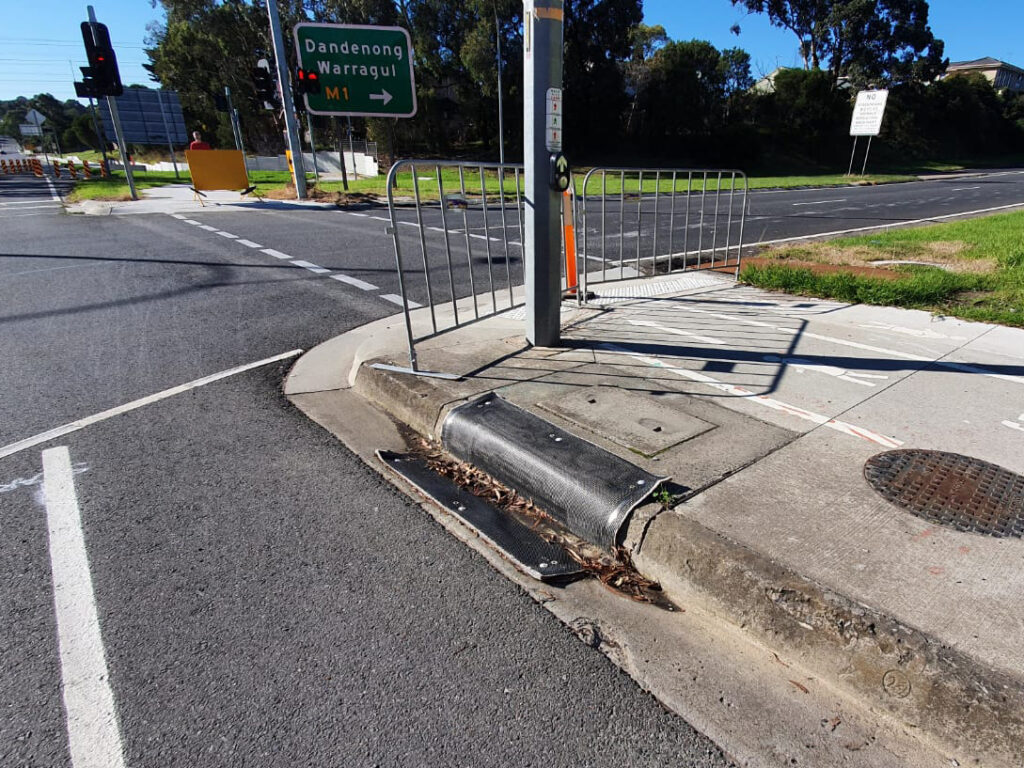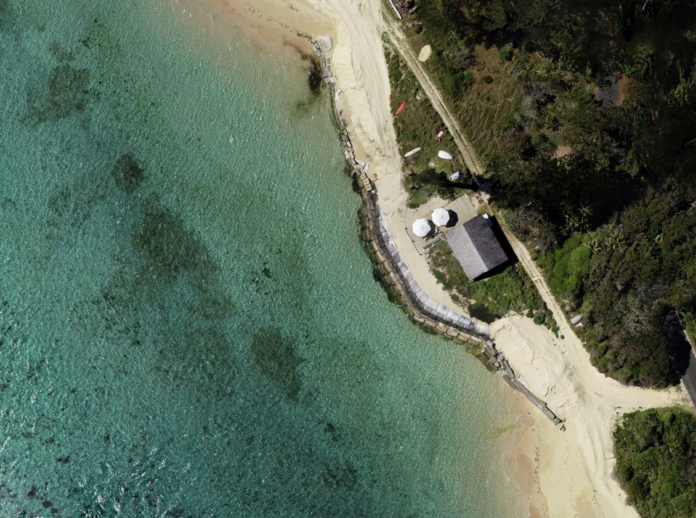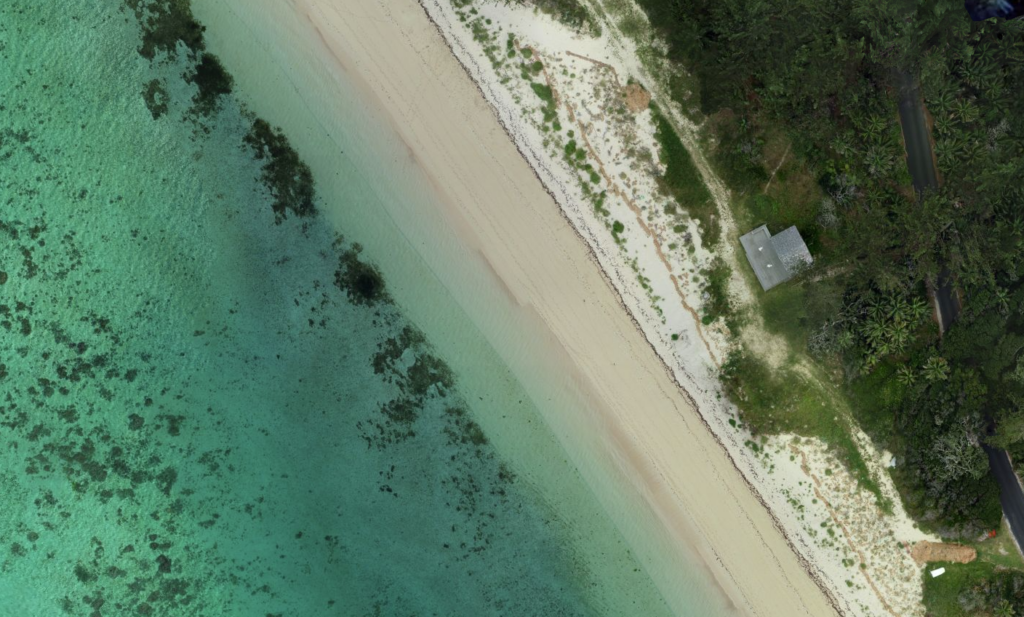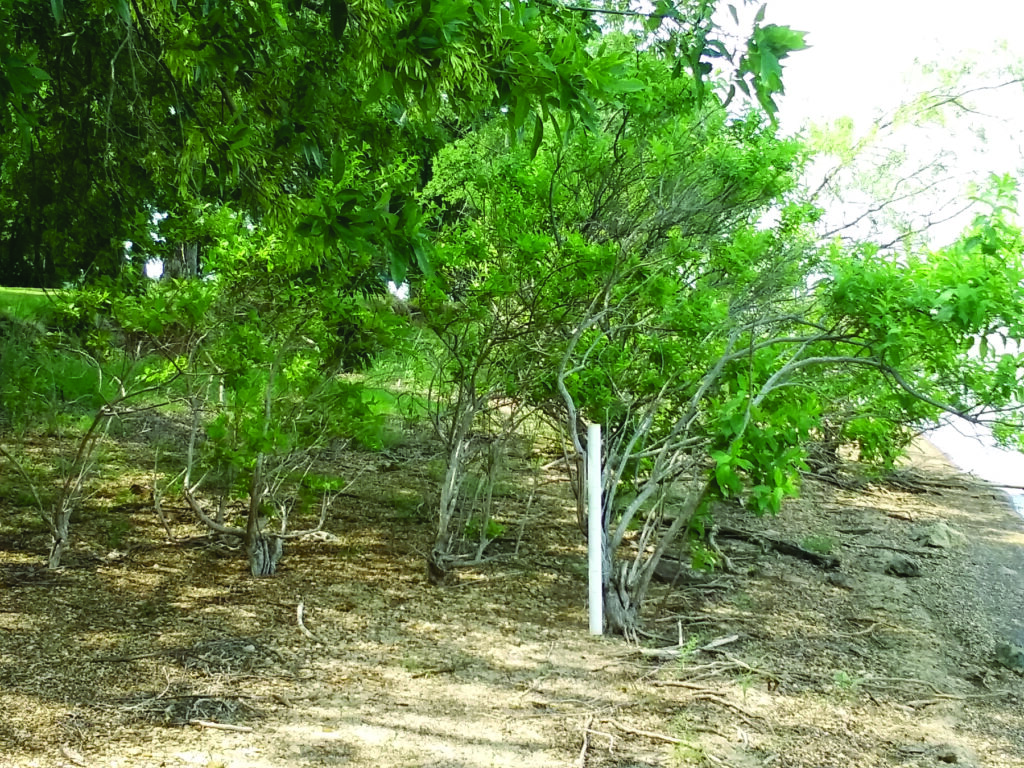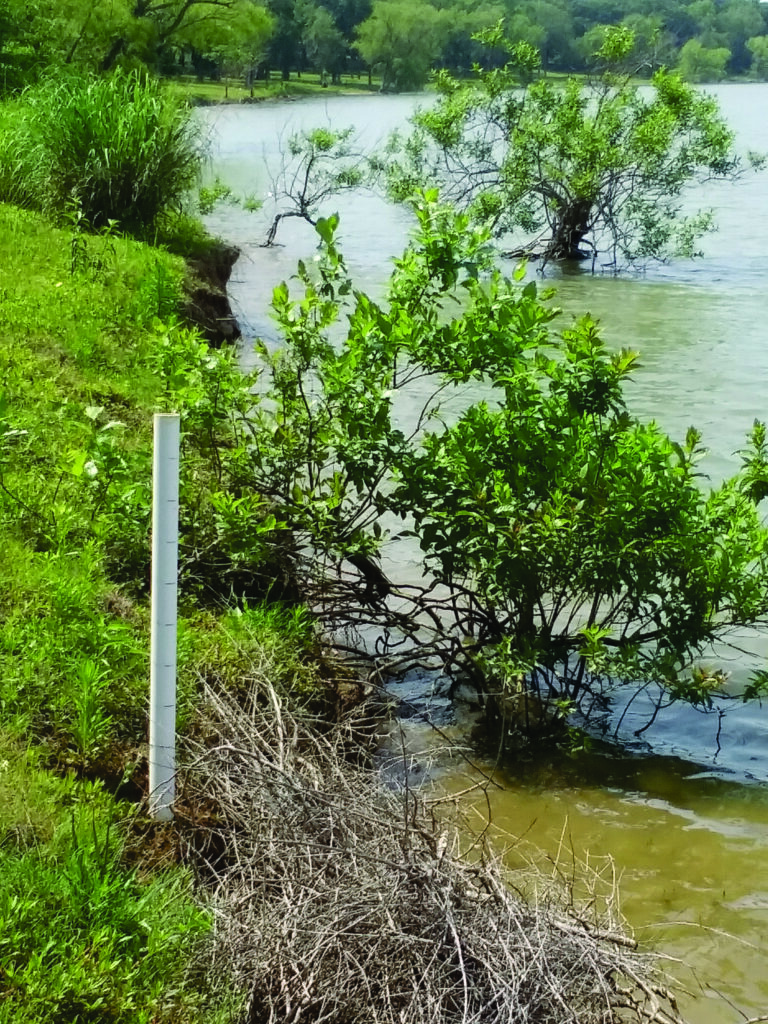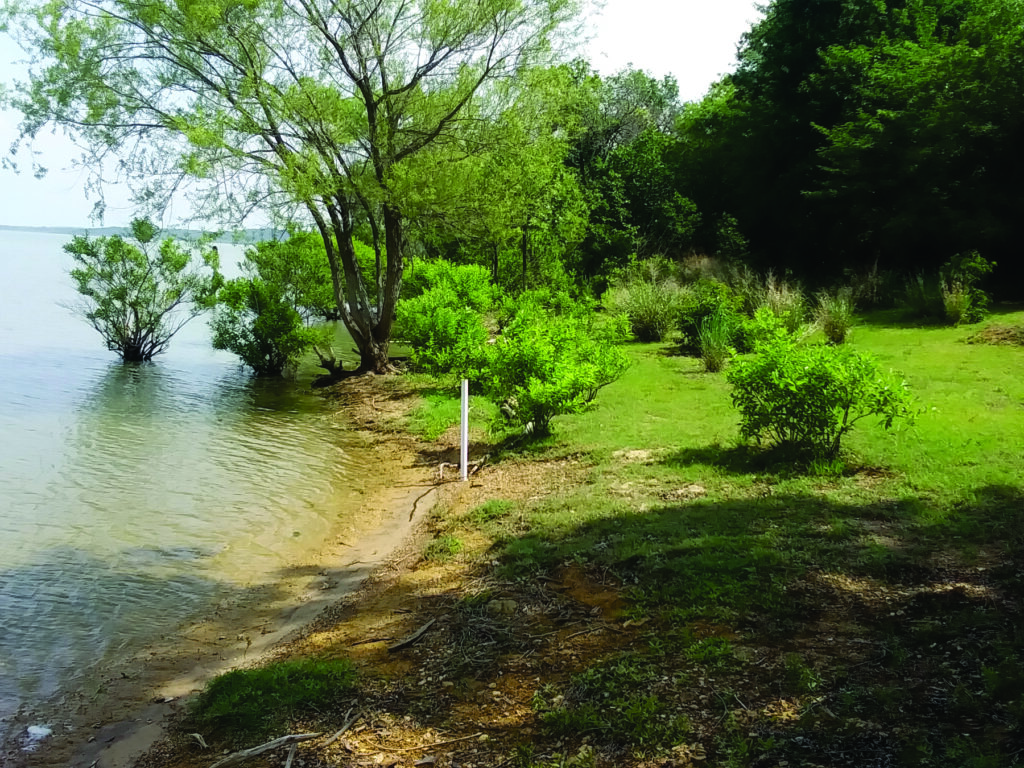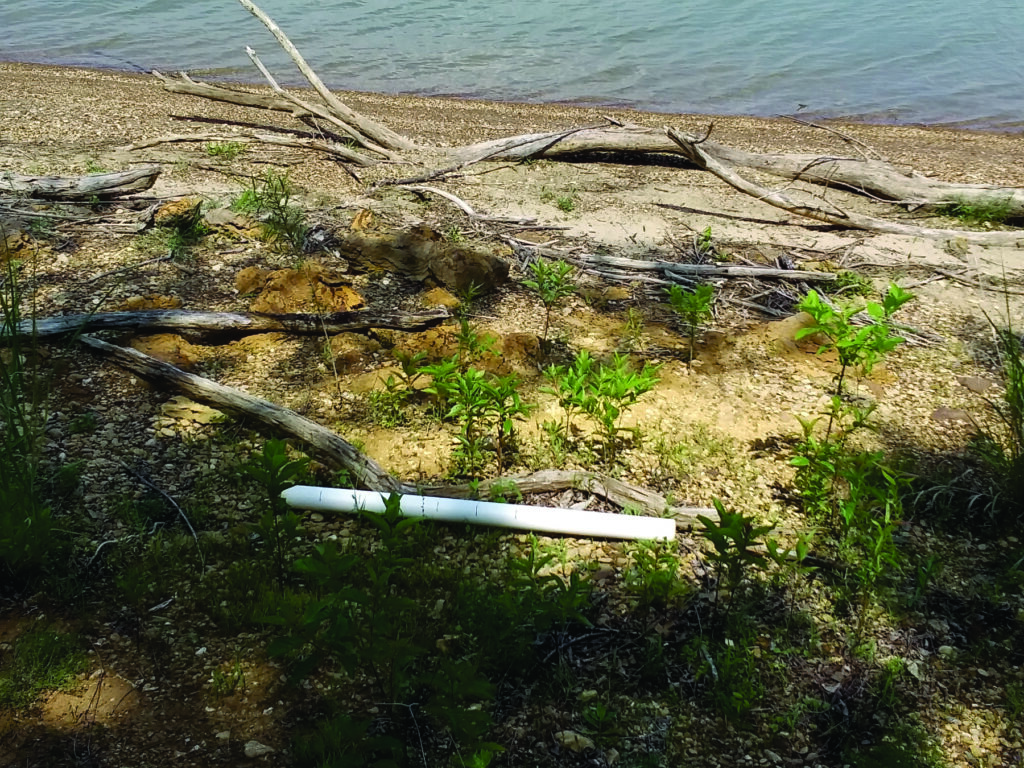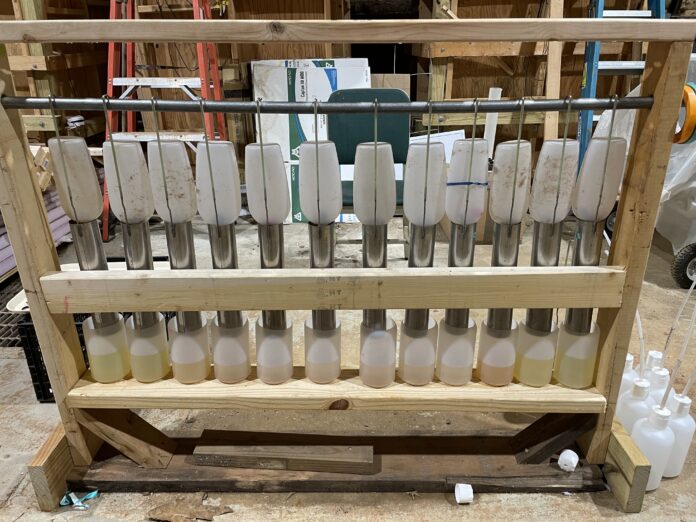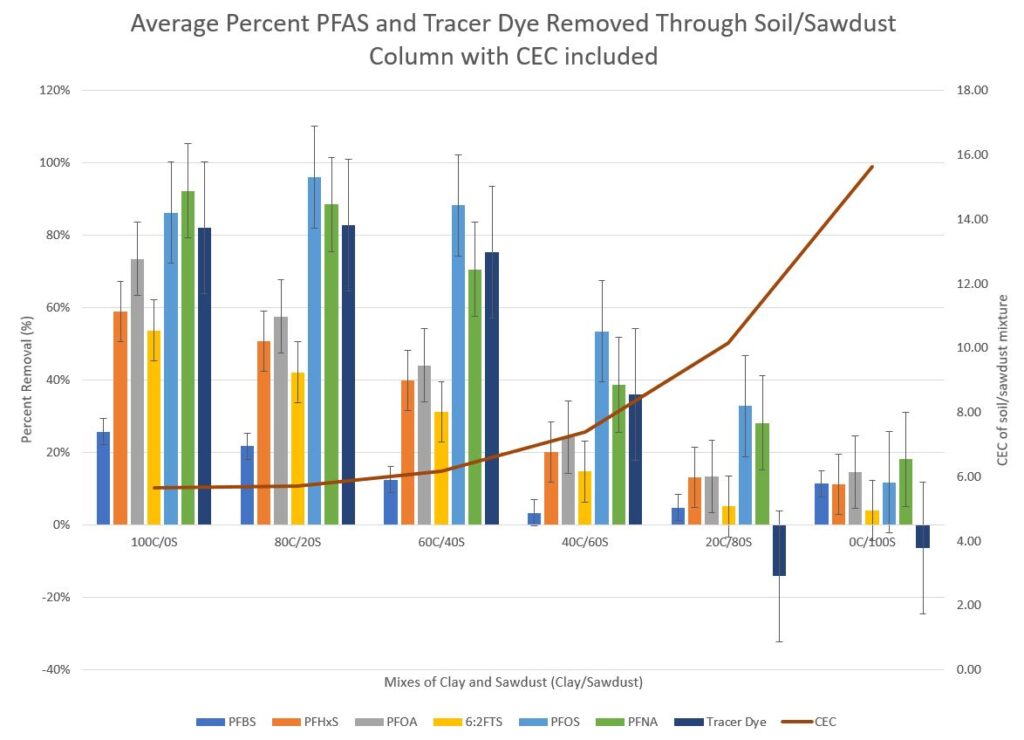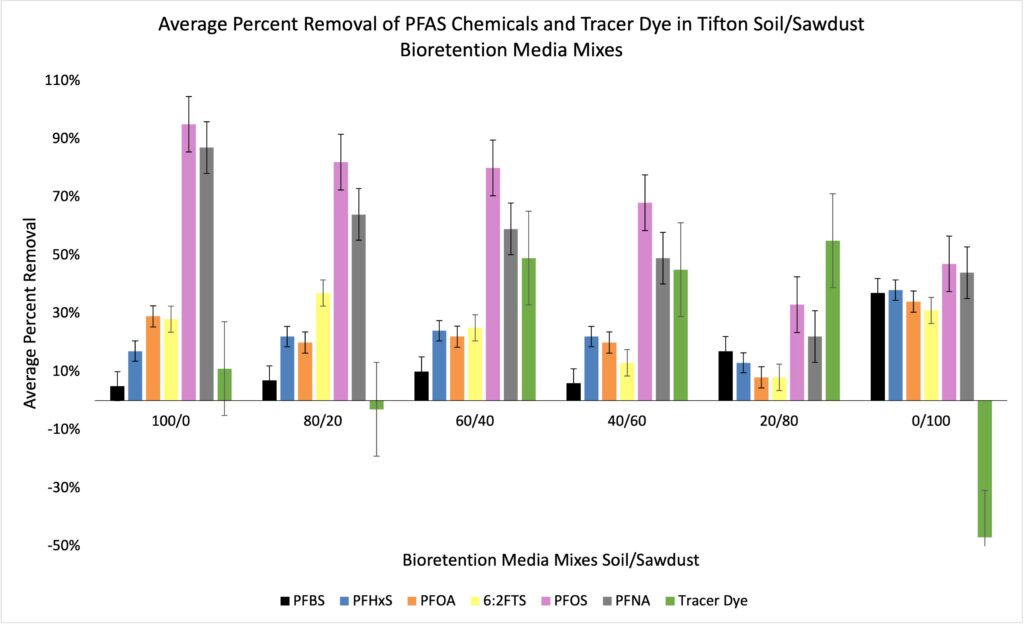Sioux Falls, South Dakota, USA, is a designated Phase I Municipal Separate Storm Sewer Systems (MS4) with a population of approximately 200,000 residents. The city has experienced unprecedented growth in recent years. Since 2020, the city’s MS4 service area has increased by over five miles2 (13 km2) with annexations and infill development. Completing day-to-day responsibilities of the MS4 program, while overseeing 300-plus construction projects for erosion and sediment control compliance, became an overwhelming task. For this reason, the city’s MS4 team began looking for ways to manage the program more efficiently.
Around this same time, a large 50-acre (20-ha) city construction project broke ground. While this project was under construction, the city’s communication department would regularly use a drone to capture aerial photos of the site to document progress. After viewing a series of these photos, the MS4 team realized that a drone would be a practical tool to streamline erosion and sediment control inspections of larger construction sites. While using drones for site surveys and inspections is not a new concept, the advancement of drone technology and reduced cost has made their use more feasible for many different industries including the public sector.

Benefits
Aerial imaging via drone allows for easier inspections of remote areas of a site where perimeter and other erosion and sediment controls are not easily accessible by vehicle or on foot (Figure 1). Drones allow for timely and effective inspections of sites following spring thaw or rain. Initial surveys of larger sites via drone significantly reduce total inspection time, and drones can be used for other MS4 management tasks including illicit discharge investigations (Figure 2), infrastructure assessments (Figure 3) and general photography (Figure 4).
Today’s drones have out-of-the-box features and functionality that make them exceptionally safe and easy to operate. High-resolution cameras are standard on most drones to provide exceptional image quality. All commercial-grade drones have GPS technology built in which, in addition to general flight safety, allows for geotagging photos and waypoint missions. The MS4 team recently began adding waypoints to some construction sites. Once a site has waypoints and areas of interest identified, the drone will fly the same path each time and capture pictures of selected areas. The pictures can then be uploaded to a geographic information system map to monitor site best management practices throughout the construction project.
Challenges
While drones may provide numerous benefits, there remain several challenges to consider when deciding if a drone is feasible for their MS4 program. The first is cost. Drone acquisition, licensing, insurance and maintenance are all costs that must be budgeted.
A second important consideration is what type of airspace the program will operate in. Most urban areas have airspace with some level of Federal Aviation Administration (FAA) control where drone activity may be limited, if not restricted completely. Modern drones incorporate advanced geofencing functionality which prevents them from entering controlled airspace unless properly authorized. While requesting authorization to work in certain areas of controlled airspace is possible through Low Altitude Authorization and Notification Capability (LAANC), the process adds time to each mission. LAANC approvals can be requested up to 90 days in advance and in many cases are eligible for auto approval in near-real time.1 Depending on how often authorization is required for the local airspace, this may present a challenge to certain drone programs.
Weather and environmental conditions regularly present challenges to drone missions. Winds greater than 20 mph (17.4 knots), low clouds and fog greatly impact the ability to safely perform flights. Temperature and humidity extremes will reduce drone performance and efficiency and reduce battery life. Environmental conditions such as topography or the presence of dust or smoke can also impact drone performance and safe operation.
Organizational policies are the final challenge to consider. With drone use increasing rapidly, organizations may have specific policies. For example, invasion of privacy is and will continue to be an important consideration for any drone program. Drone usage in urbanized areas should follow organizational policies regarding public privacy. Another organizational policy worth reviewing is whether the approval authority of the MS4 program considers remote imaging via drone a valid inspection procedure. While rare, this is a valid concern that an MS4 program must discuss and clarify with their approval authority before initiating a drone inspection program.
Acquisition and Maintenance
The Sioux Falls MS4 team was granted a budget of $3,000 to cover the cost of the unit and accessories. The drone itself was approximately $1,800. An additional $800 was spent on accessories including batteries, a charging dock, replacement propellers and a hard-sided storage case. Part 107 certification costs $175 per licensee plus staff time for training. Insurance for drone work is highly variable depending on the number of units and operators ranging from individual hourly rates to annual group policies.2 The City of Sioux Falls already had a group policy in place to cover the MS4 team’s drone use.
For maintenance, the team uses a free online logging application to track drone usage. The application allows the team to track total flight hours for the drone itself, a certain pilot, a specific site or even an individual battery. Flight information can be manually entered or uploaded directly from the drone. Using this data, the application records total flight time and can generate reminders for routine maintenance needs as advised by the drone manufacturer.
FAA Part 107 Certification and Compliance
Part 107 Certification took the MS4 staff approximately 40 to 60 hours to complete. Most of that time was spent learning the FAA regulations for Small Unmanned Aircraft Systems (sUAS). Hands-on training with certified staff provided valuable experience on the remote controller interface, drone operations and safety procedures should an emergency occur during flight. After the acquisition, our drone was registered with the FAA, and the geofencing was removed through our drone manufacturer’s Qualified Entities Program. Our pilots submitted Declarations of Compliance (DOC) to Operate Over People (OOP) and to verify that our drone has remote identification. These DOCs are required for any pilot conducting drone inspections in an active construction site where individuals not involved with the flight operation are present. Specifics on final rulings regarding these DOCs and other FAA Part 107 regulations can be found on the FAA website and should be consulted often as regulations for sUAS are subject to change.
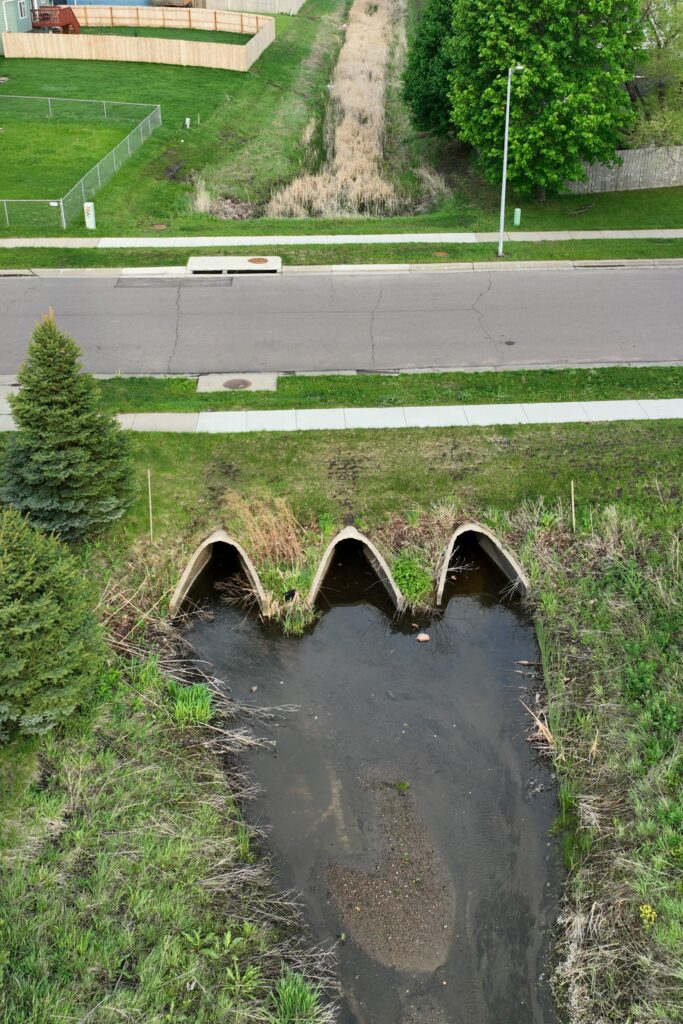
Looking to the Future
The city recently acquired a larger drone capable of carrying more specialized survey equipment such as Light Detection and Ranging (LiDAR) and multispectral cameras. While there are no immediate plans to use this technology in the MS4 program, additional research is warranted. For example, LiDAR may be beneficial to measure sediment accumulation in entrapment devices overgrown with vegetation, or multispectral cameras, like near-infrared, may help monitor vegetation cover of a site and determine where deficiencies exist. Drone technology will continue to advance, bringing with it more capabilities and practical applications.
References
- Federal Aviation Administration, UAS Data Exchange (LAANC), 1 February 2024. https://www.faa.gov/uas/getting_started/laanc (accessed 08 April 2024).
- Luthi B. What is Drone Insurance? USA Today, 13 November 2023. https://www.usatoday.com/money/blueprint/insurance/what-is-drone-insurance/ (accessed 08 April 2024).
Resources
- Learn more about Small Unmanned Aircraft Systems regulations by visiting the FAA’s website: https://www.faa.gov/uas.
- Sioux Falls drone construction site monitoring: https://storymaps.arcgis.com/stories/15049771c04449d8b81d6e6b67fbbb11.
- Sioux Falls storm inlet art project: https://storymaps.arcgis.com/stories/3895c14e2816420ebfbae64ff0f7cb61.
About the Experts
- Troy Lambert is an environmental analyst with the City of Sioux Falls, South Dakota. He graduated with a bachelor’s in environmental science from South Dakota State University. He has worked for the City of Sioux Falls since graduating in 2015 and currently oversees the city’s MS4 program.
- Jose Alvarez, CISEC-IT, ENV SP, is an environmental analyst with the City of Sioux Falls, South Dakota. He graduated with a Bachelor of Arts in Science from Augustana University. He has worked for the City of Sioux Falls since graduating in 2017 and currently oversees the city’s MS4 program.


